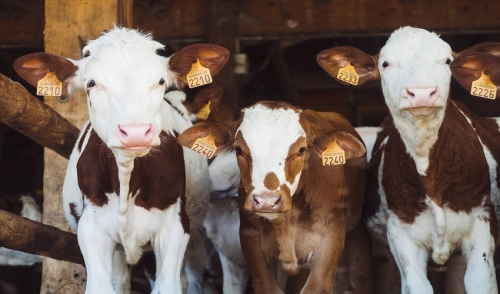
Winter Livestock Management
The dead of winter is rapidly approaching, and this could mean doom and gloom for your livestock. If proper steps are taken to manage their health, shelter and nutrition, however, your animals can survive the winter with minimal strife. Follow these three tips to ensure that this year's winter is a smooth season, free of casualties and loss.
Provide Adequate Shelter Without Total Confinement
Providing adequate shelter for your livestock during the harsh months of winter may seem like a given, but a simple shed or flimsy barn won't increase your chances for a successful season. Horses and cattle are much more resilient in cold weather than humans, but a calm and dry place to huddle during snow storms is an absolute necessity. Still, complete confinement during the winter months will only cause a deterioration in the overall health of your animals. Keep these three factors in the forefront of your mind when preparing your livestock's winter shelter.
- The shelter should be dry, not susceptible to any wind, snow or freezing rain. It should not be damp or mold is bound to grow there.
- The shelter should be heated to shield its occupants from below-freezing temperatures.
- The shelter should only be semi-confined; make sure your animals can get out on sunny, dry days.
Provide Plenty of Water
Proper hydration of livestock during the winter months cannot be stressed enough. Making an extra effort to ensure that clean, warm water is accessible to your animals at all times will decrease the likelihood of illness and death. It is easy to assume that if you or your laborers break up a frozen pond, your animals will have an adequate water supply, but this is a total misconception.
- Ponds are often frozen from within, so water may be scarce even when the top layer of ice is broken.
- Pond water can be especially dirty during winter.
- Cattle and horses do better when drinking warmer water.
Your best bet is to use a tank heater to ensure a steady supply of warm, clean water. Check to make sure that each animal is drinking plenty yet staying dry on the outside.
The More Food, The Better
During the colder months, you will need a drastic increase in food supply for your animals. Remember, forage is very scarce as plants are dormant during this season, so you will have to bring the food to your livestock. Not only does that provide them a way to eat plenty while staying warm, but it's a sure way to measure how much each animal eats. Feeding each one by hand is ideal if you can muster a large enough workforce .
The more each animal eats before the freezing temperatures set in, the more energy each will have stored to keep their bodies warm. Body condition directly correlates with body temperature, so more is always better during winter. Checking your animals' body conditions as winter sets in will help you calculate how much each animal must eat to thrive.
Whether you manage livestock for pleasure or for profit, proper procedures as the ones suggested above will ensure your animals' health overall, not just during the winter. Colder weather means twice as much work and more money out of your pocket, but the extra effort is worth the security it brings.
